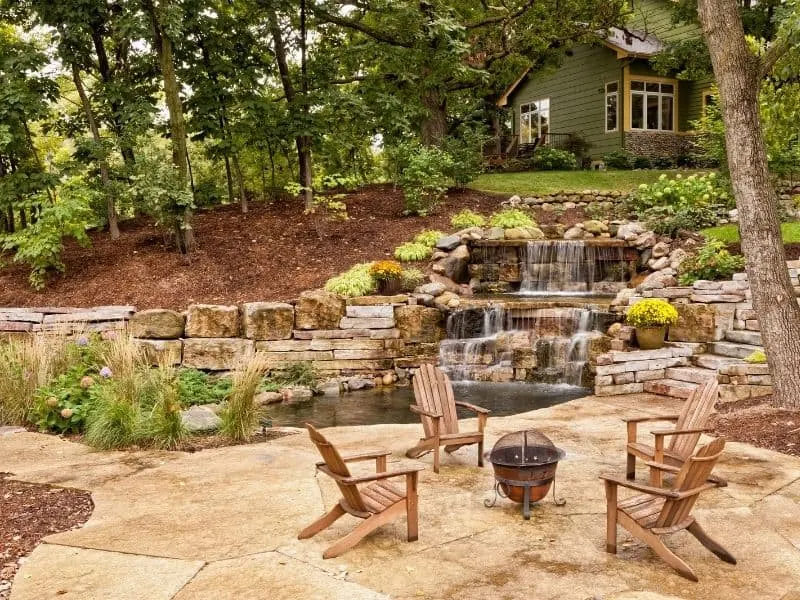
Unleashing the Beauty of Nature: The Art of Landscaping
In the realm of aesthetics, few disciplines offer such a captivating blend of creativity and practicality as landscaping. Landscaping, the art of transforming outdoor spaces into harmonious and visually stunning environments, has been practiced for centuries, bringing nature’s splendor to our doorsteps. This unique and intricate craft not only enhances the visual appeal of a property but also contributes to our well-being by creating serene and inviting spaces. In this article, we will delve into the world of landscaping, exploring its multifaceted aspects and celebrating its transformative power.
At its core, landscaping is a form of artistic expression that harnesses the natural elements of our environment and molds them into a cohesive whole. Whether it’s a sprawling garden, a cozy backyard, or a communal park, a well-designed landscape can elevate any outdoor space, transcending its ordinary state and unlocking its true potential. By skillfully combining elements such as plants, trees, rocks, water features, and pathways, landscapers create living canvases that evoke emotions, tell stories, and evoke a deep connection with nature.
One of the fundamental principles of landscaping is the use of plants. With an expert understanding of horticulture, landscapers carefully select and arrange various plant species to create captivating compositions. From vibrant flower beds that burst with color to serene evergreen shrubs that provide year-round interest, plants play a central role in shaping the character and atmosphere of a landscape. Thoughtful consideration is given to factors such as height, texture, bloom time, and compatibility to ensure a harmonious and balanced arrangement that evolves with the seasons.
Another key component of landscaping is the inclusion of structural elements that lend form and functionality to outdoor spaces. These can range from intricate stone pathways that lead the way through a garden to pergolas adorned with climbing vines, providing shaded retreats. The strategic placement of these structures adds depth, visual interest, and human scale to the landscape, transforming it into a living sanctuary that invites exploration and relaxation.
Water features are another enchanting facet of landscaping. Be it a tranquil pond, a cascading waterfall, or a meandering stream, the soothing presence of water creates a sense of calm and serenity. Beyond their aesthetic appeal, water features also contribute to the ecological balance of a landscape, attracting wildlife and promoting biodiversity. The gentle sound of trickling water serves as a balm for the soul, offering respite from the demands of modern life.
Landscaping is not limited to private residences; it has a profound impact on public spaces as well. Parks, plazas, and urban gardens are transformed into oases of greenery, providing respite from the concrete jungle. These communal landscapes foster a sense of community, creating gathering spaces for social interaction and recreational activities. They serve as reminders of our intrinsic connection to nature, even in the heart of bustling cities.
Beyond its aesthetic and communal benefits, landscaping also has practical advantages. Well-designed landscapes can improve energy efficiency by providing shade, reducing the need for artificial cooling. They also contribute to environmental sustainability by mitigating erosion, reducing stormwater runoff, and improving air quality. Landscaping acts as a natural insulation, absorbing noise and creating a more peaceful environment.
In conclusion, landscaping is a transformative art that marries nature’s bounty with human ingenuity. It brings us closer to the natural world, fostering a deep appreciation for its beauty and providing respite from the demands of modern life. Through skillful arrangement of plants, structures, and water features, landscapers create immersive environments that captivate the senses and elevate our well-being. As we continue to evolve in our relationship with the environment, the art of landscaping remains a vital expression of our desire to coexist harmoniously with nature.